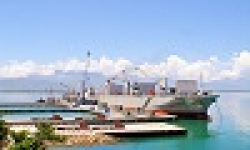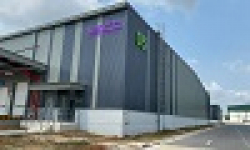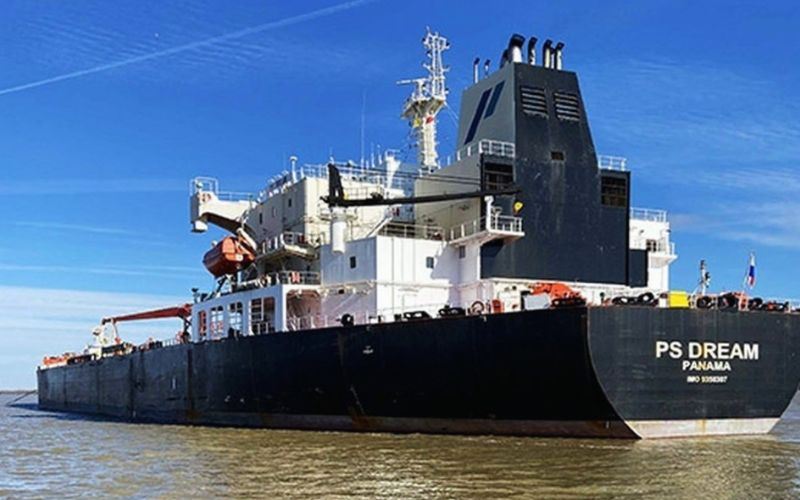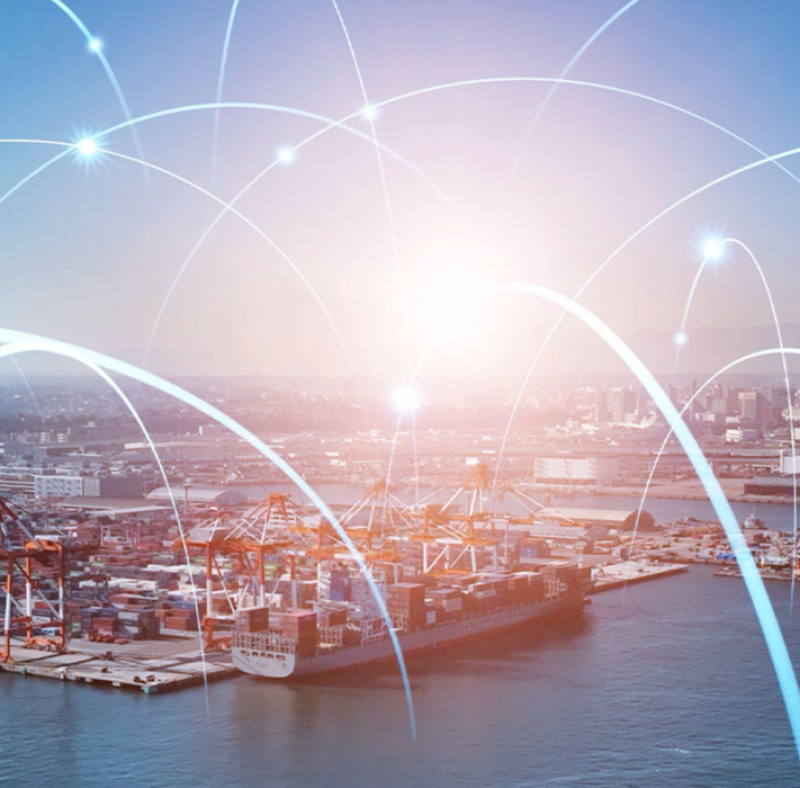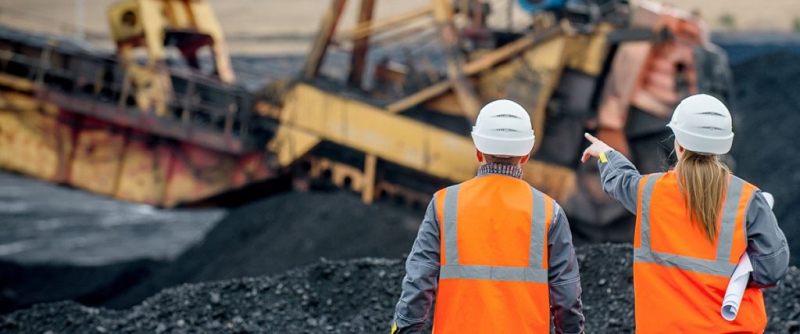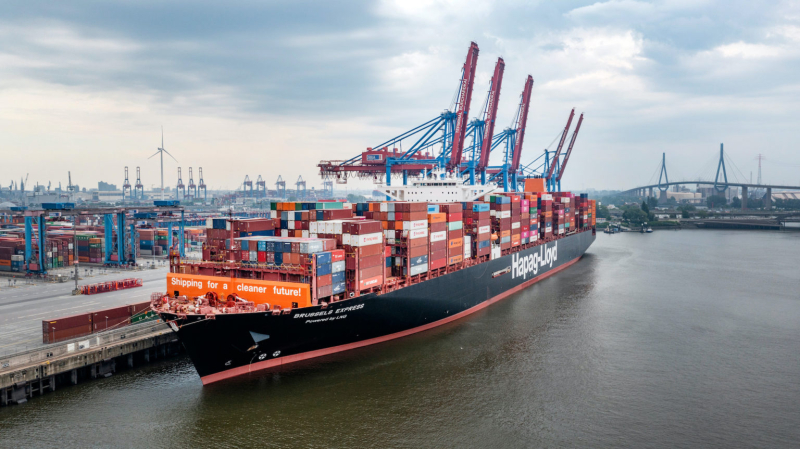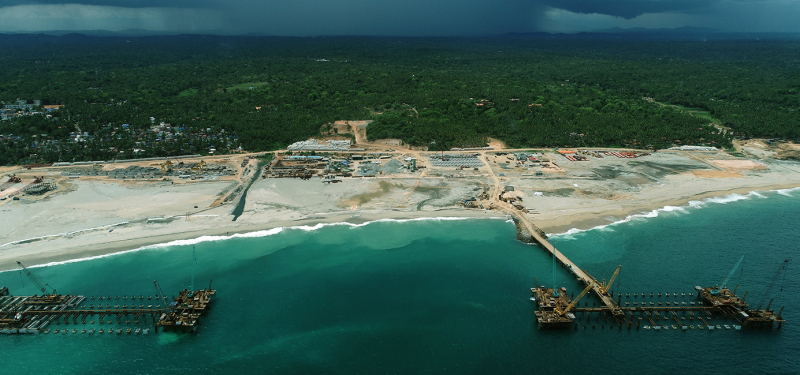
Image: Gibraltar Port Authority
From the beginning of May next year, the whole of the Mediterranean Sea will become an emissions control area (ECA), with important implications for bunkering strategies and tanker trades, says Gibson.
The London-based shipbroker points out that the maximum sulphur content of bunkers from that time will fall from 0.5% to 0.1% unless ships are equipped with scrubbers capable of limiting stack emissions to this level. And, although refineries and bunker suppliers have already demonstrated that they can adapt to such changes following introduction of similar limits in ECAs in the US, Baltic Sea, and northern Europe, there are implications for both price and commodity flows across the region.
Owners without 0.1% capable scrubbers installed on their ships will face significantly higher costs. So far this year, there has been an average price differential of 35% between the two fuels. Very low sulphur fuel oil (VLSFO), with a sulphur content of 0.5%, has been available across the region at an average price of $590 per tonne. Marine gasoil, however, with 0.1% sulphur, has been available at an average $798 per tonne. This will translate into higher freight rates for vessels trading in the Mediterranean, and adjusted Worldscale flat rates for tankers in the future.
According to estimates, current bunker demand in the Mediterranean is around 21.5 million tonnes, with VLSFO accounting for less than half of this, according to the shipbroker. Demand for this fuel is expected to fall from next May, however, as ships that stem this grade will be preparing to burn it outside the Mediterranean. VLSFO demand could fall by more than 70% to around six million tonnes, Gibson says, citing figures from Marine and Energy Consulting Ltd.
Many ships are expected to move over to ultra low sulphur fuel oil or marine gasoil to comply with the new 0.1% limit. Heavy fuel oil is likely to remain steady, as the fuel of choice for operators with scrubber-fitted ships. However, there is a question mark over this issue, Gibson points out, as some scrubber systems may not be able to ‘scrub down’ to the necessary 0.1% level. In this instance, owners will be forced to switch to more expensive fuel grades.
The new ECA will also have implications for refined product movements within the region and cargoes moving in and out. VLSFO is likely to be exported out of the region, most likely bound for east of Suez, the broker suggests. Demand for gasoil and other compliant grades will rise, with extra volumes likely to be imported from the US and Middle East.
Although larger tankers may benefit from higher volumes of heavy fuel oil bound for Asia, there is likely to be a shift from dirty to clean tankers in regional trades. And all of this will come on top of FuelEU Maritime which, from January, will require a 2% reduction in the greenhouse gas intensity of marine fuels. This will have a small impact initially, Gibson predicts, but will boost demand for greener fuels to replace conventional bunker grades in the future.



